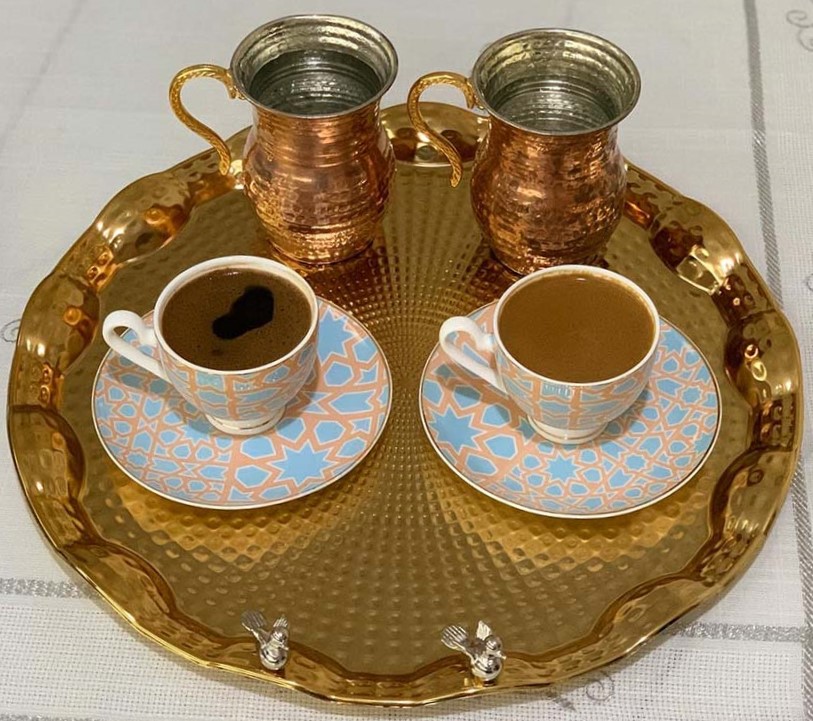Light vs. Dark Roast Coffee
The coffee world is a vast and flavorful one, and the choice between light and dark roast is a fundamental decision for any coffee enthusiast. Both offer unique experiences, each with its own devoted fans. So, which one should you choose? Buckle up, because we’re diving deep into the light vs. dark roast debate.
The Roast Spectrum
Imagine a journey through coffee beans, starting with pale and green, then gradually deepening in color and intensity as the heat increases. This transformation unlocks distinct flavor profiles:
Light Roasts: These beans retain their inherent characteristics, boasting bright acidity, floral notes, and subtle sweetness.
Medium Roasts: Striking a balance, they showcase a fuller body with more caramelized sugars, balanced acidity, and hints of chocolatey undertones.
Dark Roasts: Reaching their peak darkness, they deliver a bold flavor profile with intense smokiness, deep bitterness, and reduced acidity.
What Sets Light and Dark Roasted Coffee Apart?
1. Roasting Process:
Light Roast: Light roasted coffee beans are gently roasted at lower temperatures, typically between 355°F and 400°F. This results in a light brown color and preserves the beans’ natural flavors and acidity. Light roasts are often stopped before the first crack, leading to a more delicate and nuanced taste profile.
Dark Roast: Dark roasted coffee beans undergo roasting at higher temperatures, usually between 465°F and 480°F. This prolonged roasting process results in beans that are dark brown to nearly black in color. Dark roasts are roasted beyond the first and sometimes into the second crack, resulting in a rich and bold flavor profile with reduced acidity.
2. Flavor Profile:
Light Roast: Light roasted coffee beans retain the inherent flavors and characteristics of the coffee origin. They often exhibit bright acidity, floral or fruity notes, and a light body. Light roasts are prized for their complex flavors and vibrant taste profile.
Dark Roast: Dark roasted coffee beans develop robust and intense flavors during the extended roasting process. These beans typically have a bold and full-bodied taste with pronounced bitterness and less acidity. Dark roasts may also feature smoky or caramelized notes, imparted by the prolonged exposure to heat.
3. Caffeine Content:
Contrary to popular belief, the caffeine content in coffee is not solely determined by the roast level. However, due to the longer roasting time of dark roasts, some caffeine is lost in the process. As a result, dark roasted coffee generally contains slightly less caffeine than light roasts.
4. Brewing Methods:
Light Roast: Light roasted coffee beans are versatile and well-suited for various brewing methods, including drip coffee, French press, Aeropress, and pour-over methods like drippers and Chemex. Their delicate flavors shine through in lighter preparations, making them ideal for showcasing the nuances of single-origin coffees.
Dark Roast: Dark roasted coffee beans are favored by those who enjoy bold, full-bodied coffee with a rich flavor profile. They are commonly used in espresso blends and are well-suited for brewing methods that can extract their intense flavors, such as espresso, Turkish coffee, and Moka pots.
5. Taste Preference:
Light Roast: It is ideal for showcasing the bean’s unique characteristics. Perfect for those who appreciate the unique flavors of different coffee origins and enjoy a brighter, more acidic cup. Think of it as a symphony of subtle notes.
Dark Roast: Ideal for those who prefer a bolder, stronger coffee with smoky and chocolatey notes and less acidity. Imagine a rich, full-bodied melody.

You can observe the variation in color between dark roasted and light roasted coffee.
Beyond the Flavor: Unveiling the Secrets
The choice between light and dark roast goes beyond personal preference. Consider these factors:
Acidity: Light roasts have higher acidity, contributing to a brighter, citrusy taste. Dark roasts have lower acidity, leading to a smoother, less tart experience.
Aroma: Light roasts boast fruity and floral aromas, while dark roasts have a bolder, richer coffee with smoky and chocolatey notes.
Oils: Lighter roasts have less surface oil, while darker roasts have more, impacting the mouthfeel and contributing to a richer crema in espresso.
Health: Both roasts offer antioxidants and potential health benefits.
The Final Verdict: It’s All About You!
Ultimately, the choice between light and dark roasted coffee comes down to personal preference and taste preferences. If you enjoy vibrant and nuanced flavors with a lighter body, light roast may be the ideal choice for you. On the other hand, if you prefer a bold and full-bodied coffee with rich, caramelized undertones, dark roast could be more to your liking.
Start your coffee adventure today and discover the endless possibilities of light and dark roasted coffees.
Remember, the world of coffee is vast and exciting. Don’t be afraid to explore, experiment, and discover your own perfect cup!










